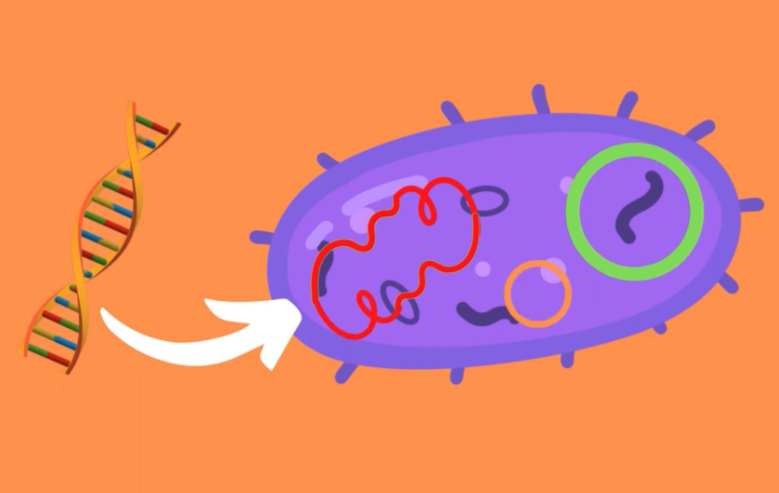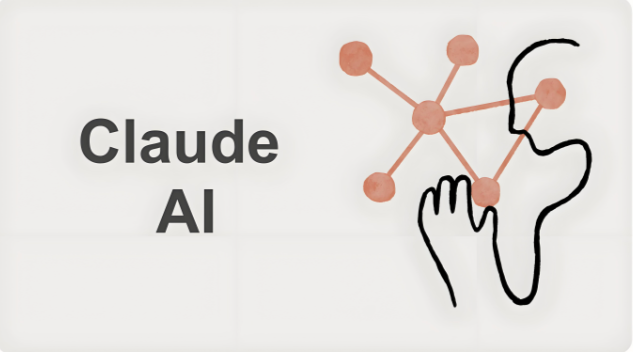What Is Karpathy's Bacterial Programming?
Karpathy recently introduced the concept of bacterial programming on social platforms. He compares AI software development to bacterial evolution: instead of designing all features upfront, you let code 'grow, split, and evolve' like bacteria, allowing it to expand and optimise organically. This method emphasises modularity, rapid iteration, and adaptability—perfect for AI fields that demand relentless trial and error. Karpathy argues that traditional AI software development aims for 'one-shot' perfection, which quickly breaks down when facing complex systems. Bacterial programming, by contrast, allows developers to start with the minimum viable unit and gradually experiment, replicate, and mutate, letting the system evolve like a living organism. This not only increases development speed but also dramatically reduces maintenance and scaling headaches.The Five Core Principles of Bacterial Programming
1. Start with the Minimum Viable Unit: Do not try to build everything at once. Focus on getting the core feature up and running before expanding.
2. Rapid Replication and Mutation: Like bacteria, quickly copy effective code fragments into new modules and tweak them as needed.
3. Continuous Iteration and Natural Selection: Test and optimise relentlessly, keeping only the best 'code bacteria' and discarding ineffective modules.
4. High Modularity: Each function exists independently, making it easy to swap or upgrade parts without disrupting the whole system.
5. Adaptivity and Self-Healing: The system adjusts itself according to environment and requirements, and can quickly locate and fix bugs.
How Bacterial Programming Optimises AI Software Development
The Karpathy bacterial programming AI software design philosophy is extremely practical in real-world development. For example, when training large language models, developers can first build a basic inference framework, then add features step by step, moving fast like bacterial division. When hitting a performance bottleneck, you can 'mutate' several solutions and keep the best one. This approach greatly increases the efficiency and stability of AI software. Since each module evolves independently, bugs can be fixed in isolation, without affecting the entire system. Most importantly, such systems are naturally scalable, making it easy to add new features later.

Step-by-Step Guide to Implementing Bacterial Programming
Step 1: Identify the Minimum Viable FeatureStart by defining the project's minimum viable feature (MVP). For an AI app, this could be a simple text input-output model. Keep it lean and get it working first.Step 2: Modular Design and Implementation
Break every feature into independent modules, like bacteria splitting. For example, separate data processing, model inference, and result output into three microservices.Step 3: Rapid Replication and Mutation
Take well-performing modules and copy them to new scenarios, tweaking logic or parameters as needed. For instance, extend your NLP module to handle image recognition with minor data processing changes.Step 4: Continuous Testing and Natural Selection
Conduct A/B tests on all modules to measure performance. Keep the best ones and retire the underperformers, just like natural selection in biology.Step 5: Adaptivity and Self-Healing Mechanisms
Design health monitoring and self-healing for each module. If a module fails, the system automatically switches to a backup or rolls back to a stable version, ensuring smooth operation.
Advantages and Challenges of Bacterial Programming
Advantages:High flexibility and scalability in development
Easier maintenance and upgrades
Ideal for complex, fast-changing AI environments
Requires a modular mindset from developers
Higher upfront design costs
Greater demands on team collaboration and testing








